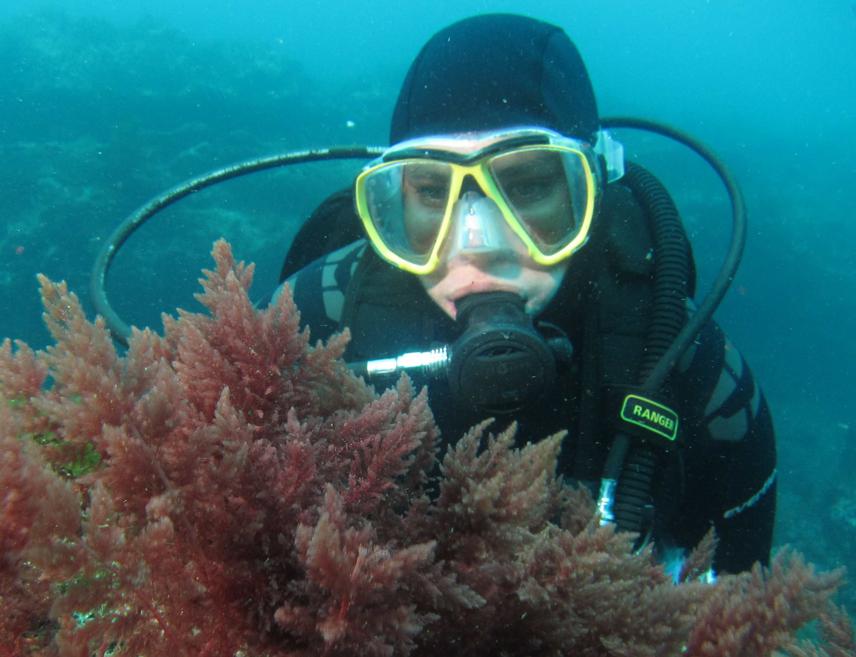This research looks to minimize the negative impacts of invasive species on marine biodiversity, ecosystem services and the health of the Galapagos Marine Reserve

Marine biological invasions have increased due to global trade, transport and tourism. Invasions occur when species get transported from one region to another and establish themselves, these species compete for space, displace native species and change populations. This research looks to minimize the negative impacts of invasive species on marine biodiversity, ecosystem services and the health of the Galapagos Marine Reserve (GMR), using geospatial treatments of local and regional marine invasive species distributions and combining them with marine traffic routes will help identify hotspots of transmission and propagation within the GMR and the wider Eastern Tropical Pacific (ETP). Furthermore the use of oceanographic modelling systems and risk assessments will be used to predict possible invasions and assist local stakeholders with management strategies.
Invasive species are the number one threat to Galapagos ecosystems and although a lot of preventive and corrective measures have been applied to terrestrial problems, the marine environment has received relatively little attention to date. The marine ecosystems of Galapagos harbour distinctive biological communities given a unique confluence of currents in the ETP. They sustain a high incidence of endemic species, which are regularly subjected to extreme climate variability through El Niño–Southern Oscillation events. An on going baseline study and monitoring program for main ports and sites round the GMR are described showing the existing established marine introduced species in the GMR and the possible invasive species that could be introduced. Species such as Caulerpa racemosa and Aspargopsis taxiformis that have the potential to become invasive have been identified through these surveys. The potential invasion of non-native marine species into the GMR given climate shifts, the effects of trade globalization, increased marine traffic and connectivity presents an unqualified risk for local biodiversity, local livelihoods, and a management challenge.